Serving with Confidence: Understanding Pickleball Illegal Serve
Pickleball has rapidly gained popularity across the globe, combining elements of tennis, badminton, and ping-pong into a dynamic and accessible game. As the sport attracts more players, understanding the rules, particularly around serving, becomes essential for everyone from beginners to seasoned enthusiasts. Among the various infractions that can occur during play, Pickleball illegal serves stand out as a critical point of contention. An illegal serve not only signifies a breach of the rules, but it can also lead to significant disadvantages in gameplay, including loss of serves and points awarded to the opponent.
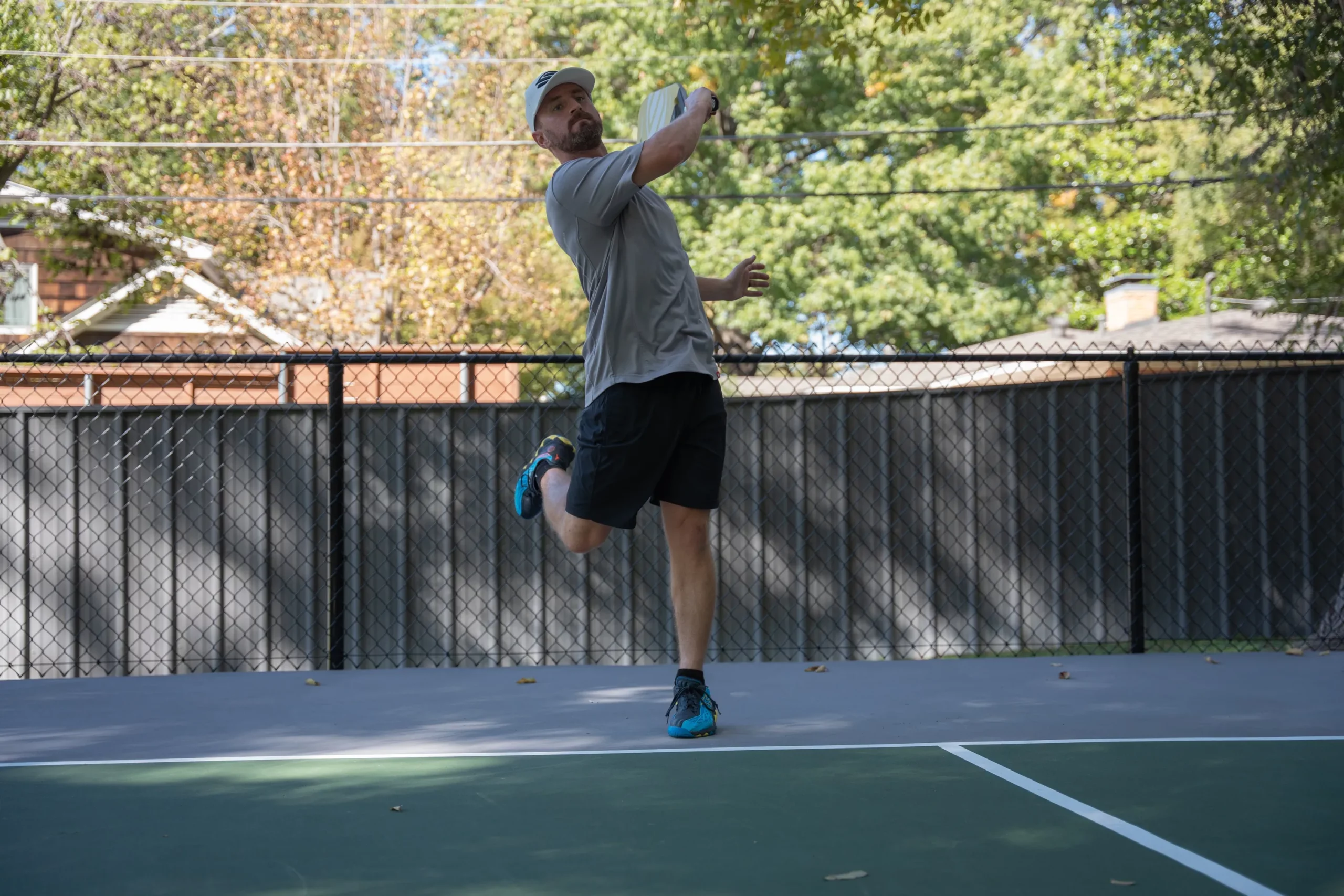
For players, the concept of an illegal serve encompasses several technical aspects, including the positioning of the paddle, the motion of the arm during the serve, and adherence to spatial rules like staying behind the baseline. Being aware of these intricacies not only improves individual performance but enriches the overall spirit of fair play that makes pickleball enjoyable. This article provides an in-depth exploration of illegal serves in pickleball, focusing on understanding what makes a serve legal or illegal, the common pitfalls players face, and strategies to perfect serving techniques that comply with established rules.
Understanding Pickleball Illegal Serve
Illegal serves in pickleball can be defined as those actions that violate the official regulations governing serving. Generally, a serve must meet specific criteria: it should be made underhand, involve the paddle contacting the ball below the server’s waist, and be delivered diagonally to the opposite side of the court. Failure to adhere to these stipulations results in a fault, which can ultimately alter the game’s outcome.
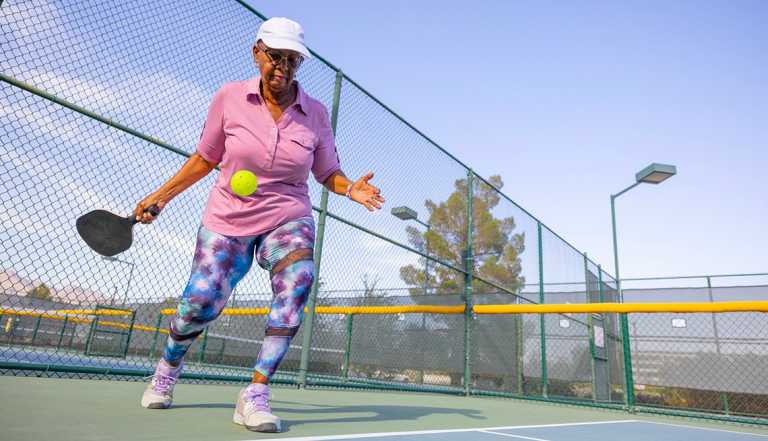
Definition of an Illegal Serve
An illegal serve fundamentally undermines the integrity of gameplay by failing to adhere to the established rules outlined by the USA Pickleball Association. According to the rules, one central tenet is that the ball must be served underhand, requiring the paddle to connect with the ball while positioned below the server’s waist. This specific guideline ensures that serves are executed in a manner that promotes fairness and a level playing field.
Moreover, serves must be delivered diagonally across the court to the opponent’s service area, ensuring that the ball lands within the designated confines without encroaching upon the non-volley zone or the sidelines. Delivering the ball incorrectly or touching the non-volley zone during contact constitutes an illegal serve. Violations such as these might appear trivial, but they can dramatically shift momentum in a game where points are precious.
Understanding illegal serves requires familiarity with various faults that players can commit during their serve. For instance, foot faults occur when a player steps over or onto the baseline, encroaching upon the serving area before the ball is struck. In addition, if a player serves with a paddle that makes contact with the ball above the waist level, then that serve is automatically deemed illegal. Each of these factors plays a significant role in dictating the proper execution of a legal serve.
Common Mistakes Leading to Faults
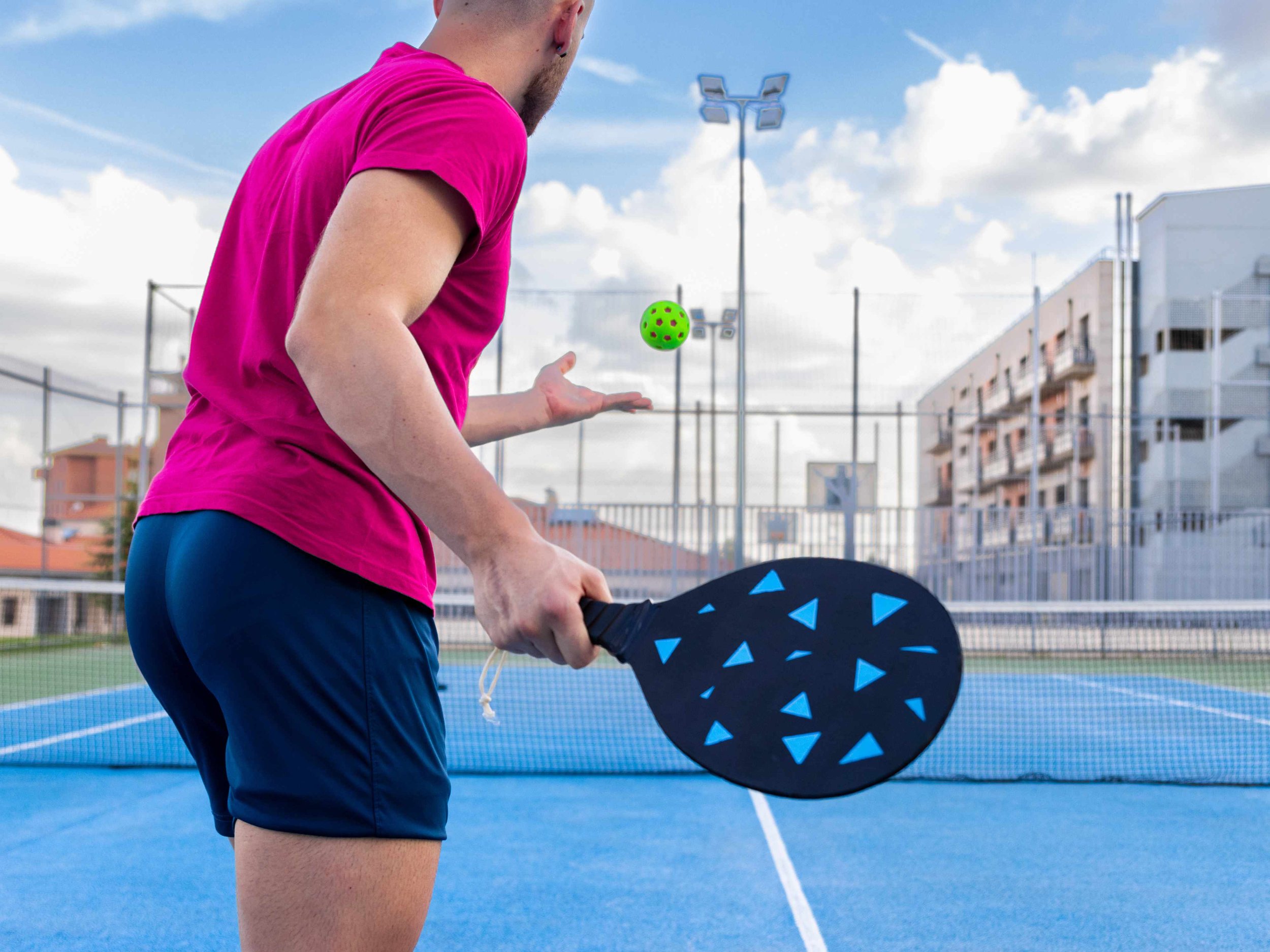
A) Foot Faults
Among the most common mistakes leading to illegal serves are foot faults. This occurs when the server steps on or crosses the baseline while serving. Imagine standing at the edge of a cliff, hesitant to take the final step now think of that feeling while serving in pickleball. One misstep can lead to losing an invaluable serve. Players must be diligent in keeping both feet behind the baseline until after the ball has been struck.
B) Paddle Positioning Errors
Another prevalent issue stems from improper paddle positioning. According to the rules, a paddle should make contact with the ball below the waist. Engaging in an overhand motion or improperly raising the paddle can lead to faults. Picture yourself throwing a ball; if you throw it from above your head instead of a lower angle, you sacrifice accuracy. The same principle applies to serving maintaining correct paddle positioning is crucial for meeting the legality of the serve.
C) Ball Toss Problems
Some players mistakenly toss the ball beforehand, only to catch it mid-air instead of striking it at the peak of its toss. This action can lead to a fault, as the server has now made contact with the ball incorrectly. Ideally, a player should aim to strike the ball without allowing it to hit the surface.
D) Invalid Serving Motion
Improper serving motion may also lead to faults. Failing to make that upward motion while serving can present a challenge in making the legal serve. Just as one would swing upward to generate lift in a baseball pitch, the upward motion in pickleball serves is essential for legality.
Importance of Following Serving Rules
Understanding and adhering to serving rules in pickleball is not merely a matter of compliance; it is a matter of integrity within the sport. Incorrectly executed serves can pave the way for unfair advantages, ultimately compromising the spirit of competition. In many sporting arenas, adhering to the rules embodies respect for the opponent and the game itself.
When players follow serving rules, they significantly reduce their risk of committing errors that could lead to swiftly lost points. As each point builds upon the last, a single illegal serve might cascade into loss, drastically altering the match’s trajectory. The importance of serving legality aligns with the principle of maintaining a smooth flow of the game while ensuring all players have an equal opportunity to showcase their talents.
Moreover, players who consistently follow the rules set an example for others, particularly newcomers. By establishing a culture of adherence to the rules, they elevate the standard of play, ensuring everyone enjoys a fair and engaging experience.
Key Rules for Legal Serves
When it comes to executing legal serves in pickleball, players must adhere to specific key rules designed to construct a fair framework of play. These rules guide how one should approach serving, and understanding them can prevent common pitfalls.
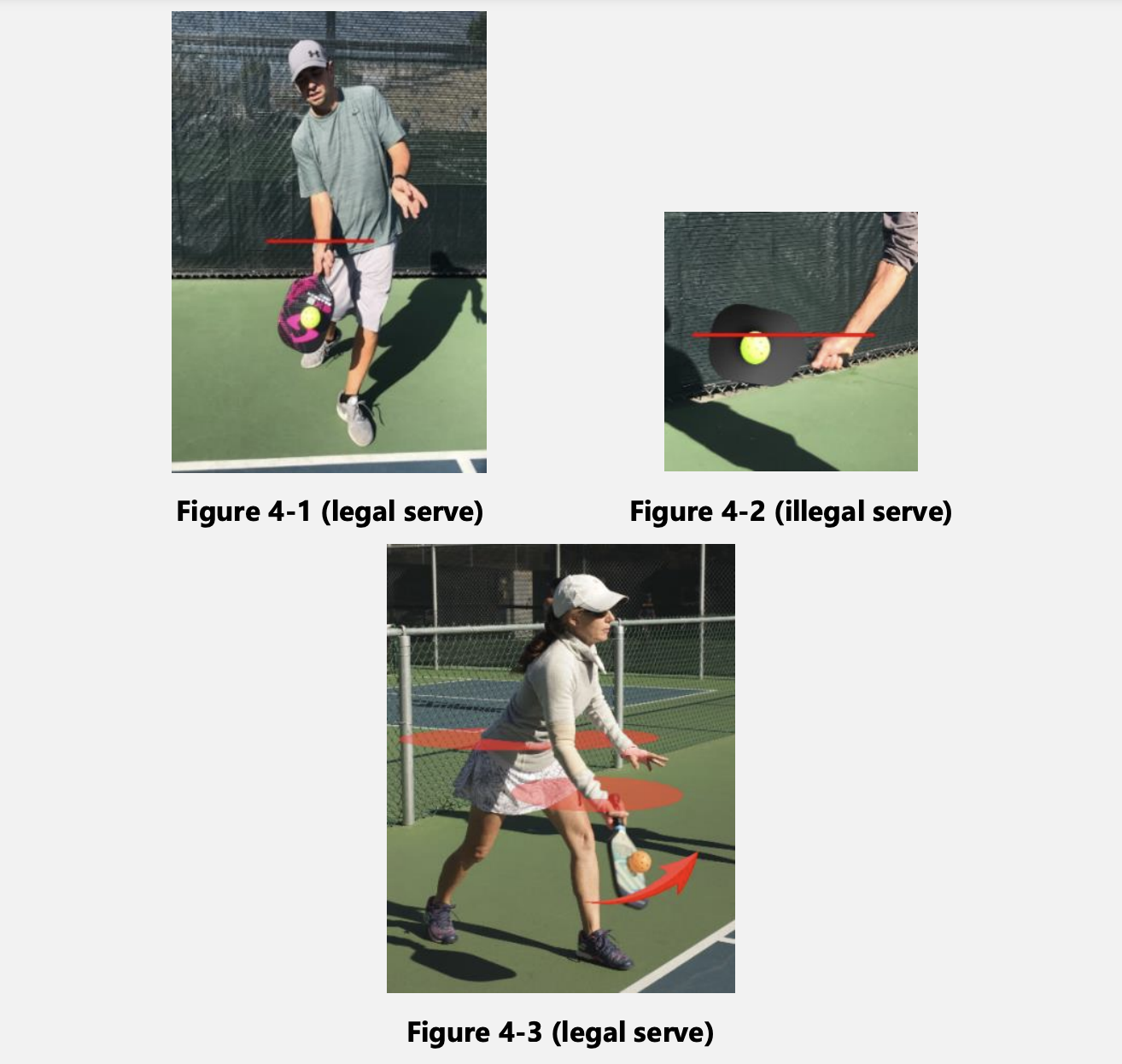
- Underhand Serving: The serving motion must be conducted underhand, making sure that the paddle contacts the ball below the waist.
- Diagonal Direction: Serves must be directed diagonally across the court, landing in the corresponding service area from the server’s right or left.
- Boundary Compliance: The ball must not touch the non-volley zone (often referred to as the kitchen) or any sideline upon landing. This ensures all serve attempts are entirely legitimate.
- Foot Placement: Players should commence serving with at least one foot behind the baseline, ensuring their feet remain positioned behind this line throughout the entire service action.
When a player adheres to these mutual rules governing legal serves, they maintain their stance within the boundaries of fair play, allowing for enjoyable competition for everyone involved.
Serving Below the Waist
One of the most crucial aspects of mastering the art of serving lies in the ability to serve below the waist. This requirement isn’t merely a formality it plays a significant role in establishing the rhythm of the game. When one compares serving in pickleball to filing a jump shot in basketball, both actions necessitate accurate positioning. By serving below the waist, players set themselves up not only for compliance with the rules but also for a more controlled and effective serve.
Moreover, the rule regarding serving below the waist aims to level the playing field. If serves were allowed to be made above the waist, more dominant players could leverage powerful strikes that could potentially overwhelm less experienced opponents. Such an imbalance would erode the essence of pickleball as a sport that encourages mixed ability competition.
Again, imagine the effort it takes to place a basketball in the hoop with a smooth underhand throw serving underhand in pickleball cultivates that same finesse. Players must practice this motion to ensure their success while remaining compliant with serving regulations.
Proper Paddle Positioning
Proper paddle positioning is yet another essential facet of executing a legal serve. The rule stipulates that while making contact with the ball, the paddle head must remain below the highest point of the wrist. Violating this rule, such as lifting the paddle above the wrist, not only leads to an illegal serve but also introduces inefficiency into the strike itself.
For instance, think of a skateboard ramp: its slope is crucial in controlling how the board rolls. Similarly, paddle positioning dictates how effectively a player can serve. By adhering to proper positioning, players can strike with intention and accuracy rather than relying solely on strength or speed.
Players should continually assess their paddle positioning as part of their serving routine to ensure they meet this guideline consistently. Building muscle memory around paddle placement not only helps avoid faults but also enhances the overall quality of the serve.
Upward Arm Motion Requirement
The requirement for an upward arm motion during the serve is another rule aiming to maintain fair play in pickleball. By ensuring that the paddle swings in an upward arc when striking the ball, players reinforce the necessity of controlling the serve. Proper technique dictates that the arm moves upward at the point of contact, positioning the player to execute an effective serve.
Consider the difference between tossing a ball straight up into the air versus tossing it in an upward arc while the former will likely result in chaotic bounces, the latter sources control and precision. The same principle translates into the upward motion during serve execution, wherein players must strive to approach contact as a fluid motion rather than a jerky one.
In this context, mastering the upward motion requires practice and awareness. Players should focus on maintaining fluidity throughout their serving motion to achieve optimum results while simultaneously avoiding faults. Training drills emphasizing upward motion can quickly become an integral part of one’s serving repertoire.
Types of Illegal Serves
Recognizing the varying types of illegal serves can significantly enhance awareness among pickleball players. Understanding what constitutes an illegal serve can be the first step toward correct execution and adherence to rules.
Overhand vs. Underhand Serves
The distinction between overhand and underhand serves represents one of the most recognizable violations in pickleball. Only underhand serves are permitted; overhand serves, in which the ball is struck above the waist, are unequivocally illegal. This distinction serves to create an environment where players of all skill levels can compete fairly.
To elucidate, think of a soccer player using their hands to touch the ball, something deemed inappropriate unless intended for a throw-in. In a similar vein, serving overhand in pickleball is restricted as it can provide undue advantage to players who might rely on powerful swings, thereby disrupting the game’s balance.
Sideways Serving Techniques
Engaging in sideways serving techniques is prohibited within the rules of pickleball. When players serve using a sidearm motion, it often results in a serve that lacks the controlled, upward swing required. Such a serve, which negates the fundamental principle of the game, constitutes a fault.
Using an analogy, consider the act of swinging a bat to hit a baseball if the swing is too horizontal, one risks missing and creating a significant error. Serving in pickleball follows a similar principle, necessitating upward motion rather than lateral swings. Players should consistently practice their technique to cement the difference between these motions in their minds, ensuring legal serving.
The “Chainsaw” Serve
The “chainsaw” serve is another illegal maneuver that has made its way into pickleball discussions. This technique involves holding the paddle with both hands and swinging it in a circular motion akin to a chainsaw before striking the ball. Given the official serve must be made underhand, the chainsaw technique fails to meet essential criteria and is, therefore, classified as an illegal serve.
For a visual comparison, think of the difference between drawing a circle with a straight line as opposed to using a tool like a compass. While one may generate an impression, the other coheres to clearly defined rules. As such, players should avoid the chainsaw technique and prioritize the legitimate underhand serving motion.
Service Position and Faults
Service position plays a crucial role in determining whether a serve is legal or illegal. Proper positioning is imperative to create a compliance structure that every server must adhere to during matches.
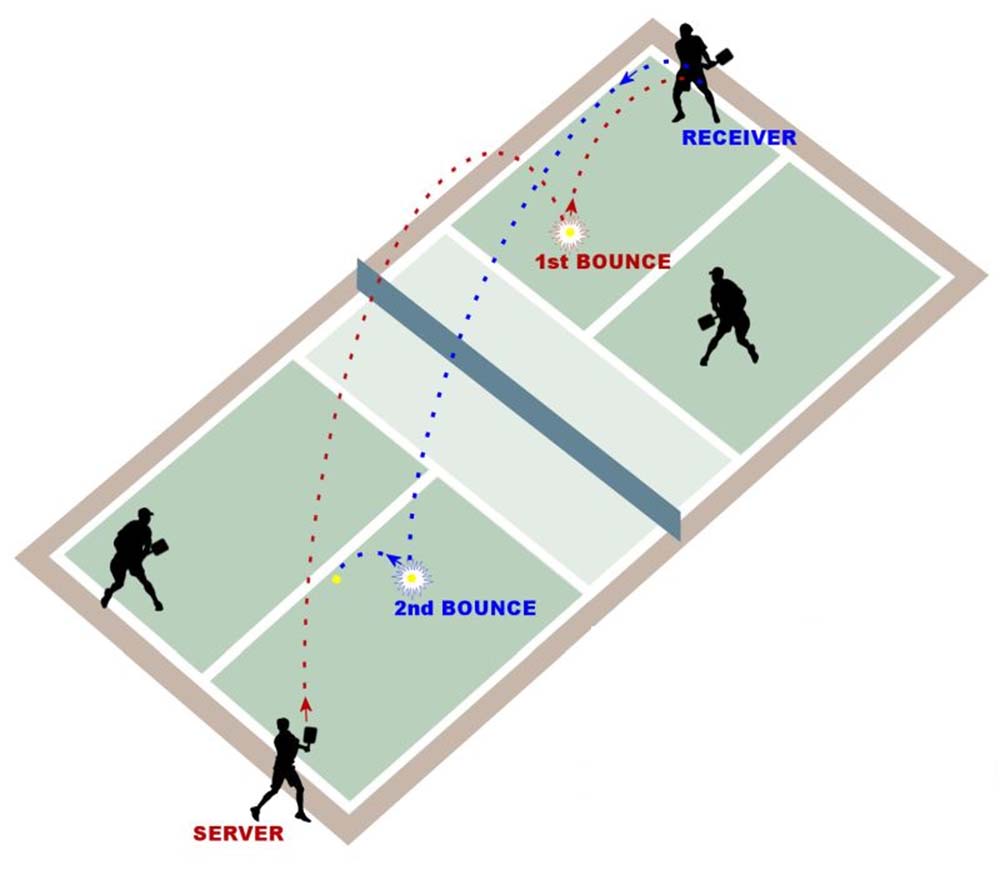
Foot Positioning During Serve
Foot positioning is arguably one of the most critical elements in executing a legal serve in pickleball. The server must ensure that at least one foot is firmly placed behind the baseline throughout the entire serve. Should both feet cross or touch the baseline, termed a foot fault, the serve is rendered illegal.
Visualize a tightrope walker. If they step off the rope, balance is compromised, and falls are imminent. Similarly, improper foot positioning during serving disrupts the execution and introduces faults. Players must develop habits that reinforce adherence to these boundaries, such as drills focused on maintaining foot placement as they prepare to serve.
Serving from Outside the Baseline
Serving from outside the baseline is another common fault that players must avoid. The rules strictly dictate that the server must have at least one foot on the playing surface behind the baseline. Failure to meet this criteria is instantly categorized as a foot fault and rendered an illegal serve.
Imagine drawing a boundary line in a parking lot. Vehicles parked beyond the lines are deemed as improperly parked. In pickleball, failing to honor the baseline establishes an illegal serve. Players should consciously maintain their foot position at the baseline throughout the predetermined motion in delivering a legal serve.
Landing in the Non-Volley Zone
The non-volley zone, often referred to as the “kitchen,” is crucial in pickleball play. Striking the ball while stepping into this zone leads to a fault, regardless of the attempted execution of a legal serve. This area exists to prevent aggressive volleys near the net, ensuring safer and fairer gameplay.
To visualize this, think of a schoolyard with designated play areas entering the wrong zone during play invites consequences. In a similar vein, players must be vigilant not to enter the non-volley zone when striking the ball, or they risk incurring faults that interrupt the momentum of gameplay.
Recognizing Faults and Penalties
Recognizing faults and subsequent penalties is vital for maintaining the integrity of pickleball matches. Players must be prepared to learn and accept the consequences of illegal serves, enhancing their understanding of the game’s framework.
Types of Faults in Serving
Faults that arise during the serving sequence can vary, encompassing multiple infractions. Commonly observed errors include foot faults, service faults from improper paddle positioning, and touching the non-volley zone during and after the serve. Players must remain cognizant of these aspects as the consequences of faults can significantly influence match outcomes.
Consequences of Illegal Serves
The penalties for committing illegal serves can manifest as immediate loss of serve or point deductions awarded to the opposing team. Such penalties can be detrimental, especially in highly competitive matches where each point is hard-earned. As the stakes rise, players must remain focused on executing legal serves to avoid crippling their momentum.
Role of the Official in Calling Faults
Referees and officials play a pivotal role in determining the legitimacy of serves through monitoring and recognition of faults. These individuals serve as the guardians of the game’s integrity, ensuring that players adhere strictly to the rules. A referee’s call may be the deciding factor in whether a player retains their serve or faces penalties, emphasizing the importance of having trained officials at all competitive matches.
Strategies to Avoid Illegal Serves
For players looking to enhance their serving techniques and mitigate the risk of faults, incorporating targeted strategies into their practice sessions is essential.
Practice Proper Serving Techniques
One of the most effective strategies to avoid illegal serves in pickleball is to rigorously practice proper serving techniques. Players should begin with slow, deliberate movements, focusing on maintaining the correct stance and ensuring the paddle contacts the ball below the waist. As they build confidence, they can gradually increase the speed of their serves while preserving accuracy.
Drills for Improving Serve Legality
Performing specific drills can substantially improve the legality of serves. Practicing isolated drill motions such as “vertical toss” or engaging in targeted footwork drills will aid players in honing their serving technique. These drills create an excellent framework for developing better control and ensuring mistakes do not occur.
Tips for Consistent Serving
Consistency is key in serving, especially when aiming to meet all legal criteria. Building a pre-serve routine could serve as a mental cue to help solidify concentration and maintain proper mechanics. By maintaining a consistent routine before each serve, players create a rhythm that assists them in meeting all established legal requirements.
Frequently Asked Questions About Serving Rules
What Are The Most Common Illegal Serves?
The most common illegal serves in pickleball include:
- Stepping on or over the baseline before striking the ball.
- Hitting the ball above the waist or with the paddle head above the wrist.
- Serving into the wrong side of the court (not cross-court).
- Serving the ball outside the designated service court area.
- Hitting the ball with a spin or slice serve.
Can You Serve With Spin?
Historically, players were allowed to incorporate spin into their serves, adding a tactical element. However, as of 2023, the USA Pickleball Association has banned all types of spin serves. According to the most recent rule changes, any attempt to introduce spin results in an illegal serve, which could lead to faults and penalties.
How to Correct Common Serving Errors?
To correct common serving errors, players should practice using visual aids like mirrors or video recordings to critique and adjust their serving form. Establishing a consistent pre-serve routine can improve focus and conformity to rules. Starting with more conservative serves before progressing to more powerful strikes can help players gradually yield greater control while maintaining legality.
Resources for Further Learning
Official Rule Books and Guides
A primary resource for further learning on illegal serves lies within the official rule books and guides. The USA Pickleball Rulebook provides an in-depth breakdown of all regulations governing the sport. This is invaluable for current and aspiring players looking to master the technical aspects of serving within the game.
Online Tutorials and Training Videos
In the age of digital content, numerous online tutorials and training videos offer expertise regarding illegal serves and enforcement of serving rules. These resources often analyze common mistakes and provide visual references, making it easy for players to grasp necessary techniques for legal serving better.
Local Pickleball Clubs for Hands-On Training
Local pickleball clubs represent dynamic hubs for skill development. Joining a regional club enables players to participate in hands-on training sessions where they can gain feedback on serving techniques, focusing on legal serving tactics. Clubs often host workshops and clinics conducted by experienced instructors, allowing players to learn in an encouraging and communal environment.
Conclusion
In summary, understanding Pickleball illegal serves in pickleball involves a nuanced grasp of the game’s rules, techniques, and strategies for adherence. Being aware of the technicalities surrounding serving can be likened to the framework of a beautifully crafted structure every element must align to create a sturdy foundation for gameplay. By clarifying and mastering the distinctions between legal and illegal serves, players can foster their growth while simultaneously enhancing the overall integrity of pickleball.
